Have to retile the floor; can it go over the old stuff?
Happykate
16 years ago
Related Stories
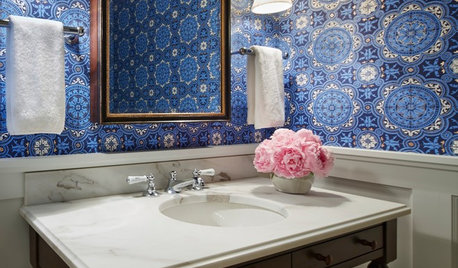
BATHROOM DESIGNYes, You Can Go Bold With Wallpaper in a Powder Room
The smallest room in the house can make the biggest design impact. Here are 10 of our favorite papered powder rooms
Full Story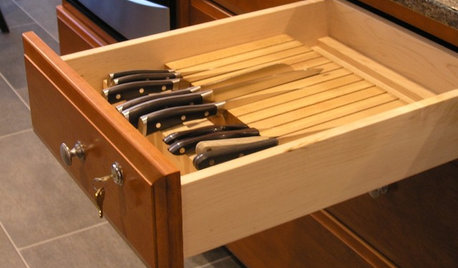
REMODELING GUIDESFrom the Pros: 8 Reasons Kitchen Renovations Go Over Budget
We asked kitchen designers to tell us the most common budget-busters they see
Full Story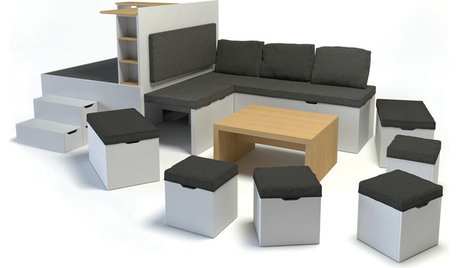
SMALL SPACESHow Portability Can Make You Happier at Home
Downsizing your stuff and going for maximum mobility can actually make your home feel bigger and your life feel fuller
Full Story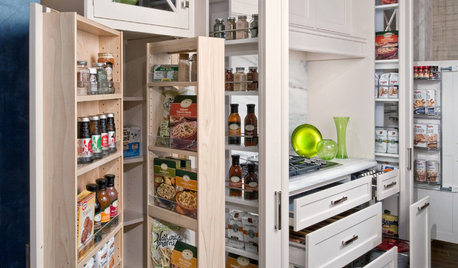
KITCHEN STORAGEGoing Up: Vertical Storage Holds More Kitchen Stuff
Fit more of what you need at hand by looking to narrow or shallow kitchen spaces and walls
Full Story
ECLECTIC STYLEBeautiful Clutter? These 13 Rooms Say Go for It
No need to haul cartons to Goodwill for a picture-perfect room. You can have a well-decorated home and all your stuff too
Full Story
COLORHow Merlot Can You Go? 8 Enticing Ways With Wine-Inspired Hues
Add warmth and drama to your home with these deepest shades of red
Full Story
DECORATING GUIDESThe Faces Have It: Large Portraits Go Over Big
Oversize visages of celebrities and mere mortals make for double-take drama in interiors
Full Story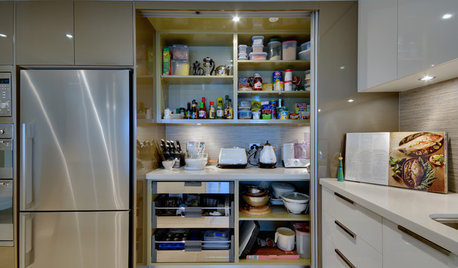
KITCHEN STORAGEMove Over, Soup Cans — the Kitchen Appliances Are Here
Design a pantry with room for mixers, coffeemakers and more, for less countertop clutter and handy access
Full Story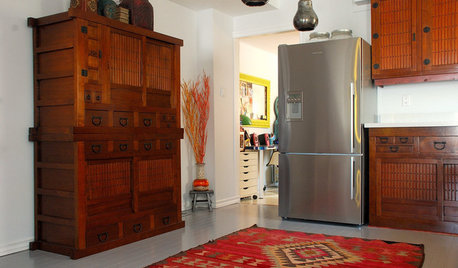
RUGSGo Global With Kilim Rugs
Evoking old-world exoticism, kilims add a sophisticated world-traveler touch to floors, walls, pillows and more
Full Story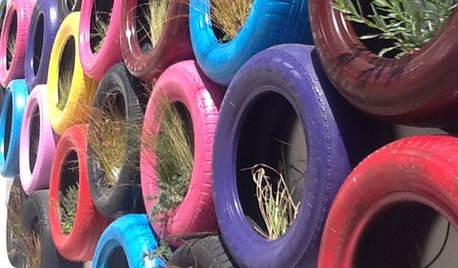
SALVAGECan We Bounce Some Great Recycled-Rubber Ideas Off You?
No need to bemoan that spare tire. Old rubber is getting a guilt-free second life as flooring, pavers, sinks and even furniture
Full Story





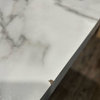



fran1523
Zoe52
Related Professionals
Hybla Valley Kitchen & Bathroom Designers · New Castle Kitchen & Bathroom Designers · Ojus Kitchen & Bathroom Designers · Woodlawn Kitchen & Bathroom Designers · North Druid Hills Kitchen & Bathroom Remodelers · Bloomingdale Kitchen & Bathroom Remodelers · Las Vegas Kitchen & Bathroom Remodelers · Phoenix Kitchen & Bathroom Remodelers · Port Orange Kitchen & Bathroom Remodelers · Sharonville Kitchen & Bathroom Remodelers · Radnor Cabinets & Cabinetry · Phelan Cabinets & Cabinetry · Saint James Cabinets & Cabinetry · Honolulu Design-Build Firms · Woodland Design-Build Firmsbignich
HappykateOriginal Author
User
bignich
HappykateOriginal Author
fondantfancy
bill_vincent
HappykateOriginal Author
judeNY_gw
bill_vincent
HappykateOriginal Author
bill_vincent
HappykateOriginal Author
bill_vincent
HappykateOriginal Author